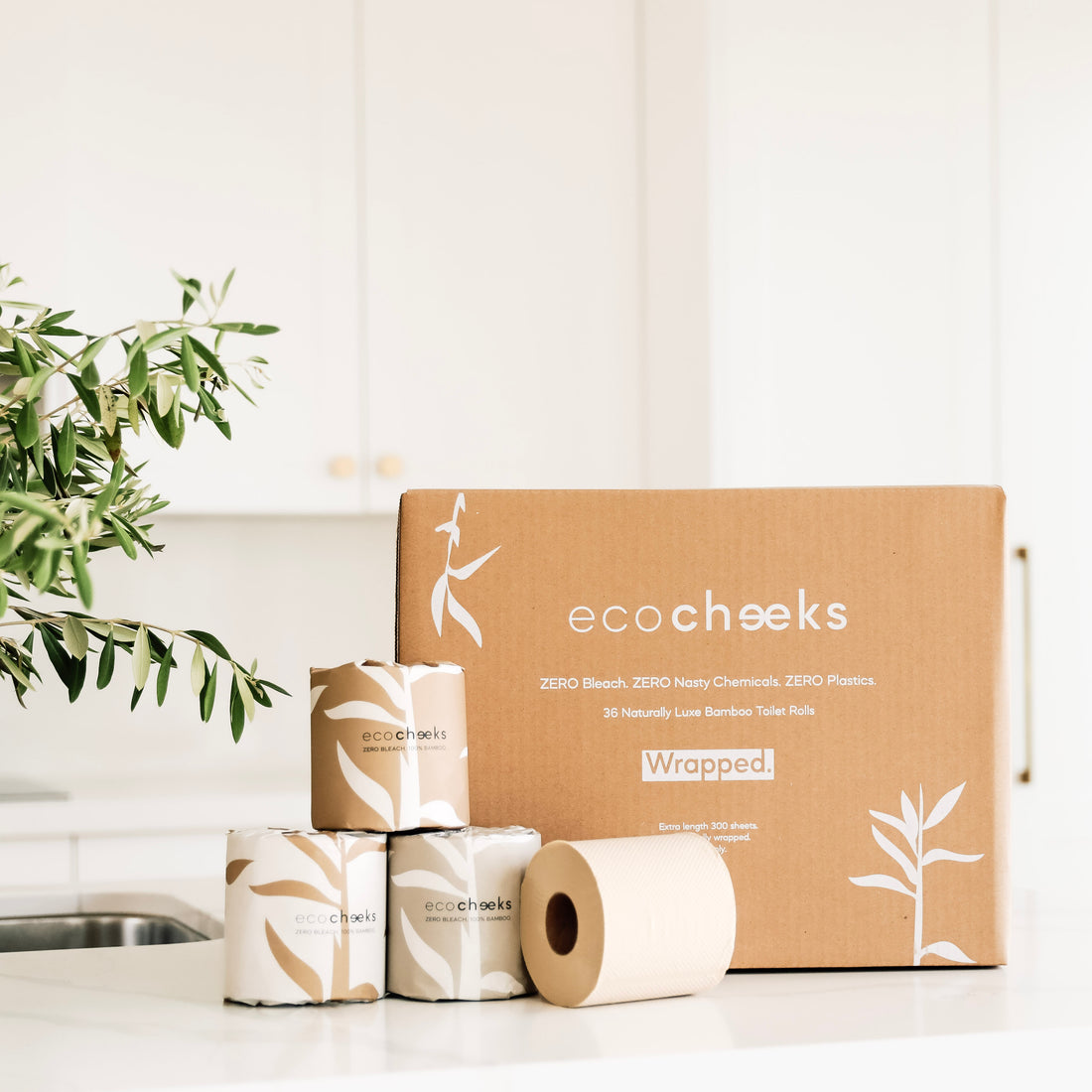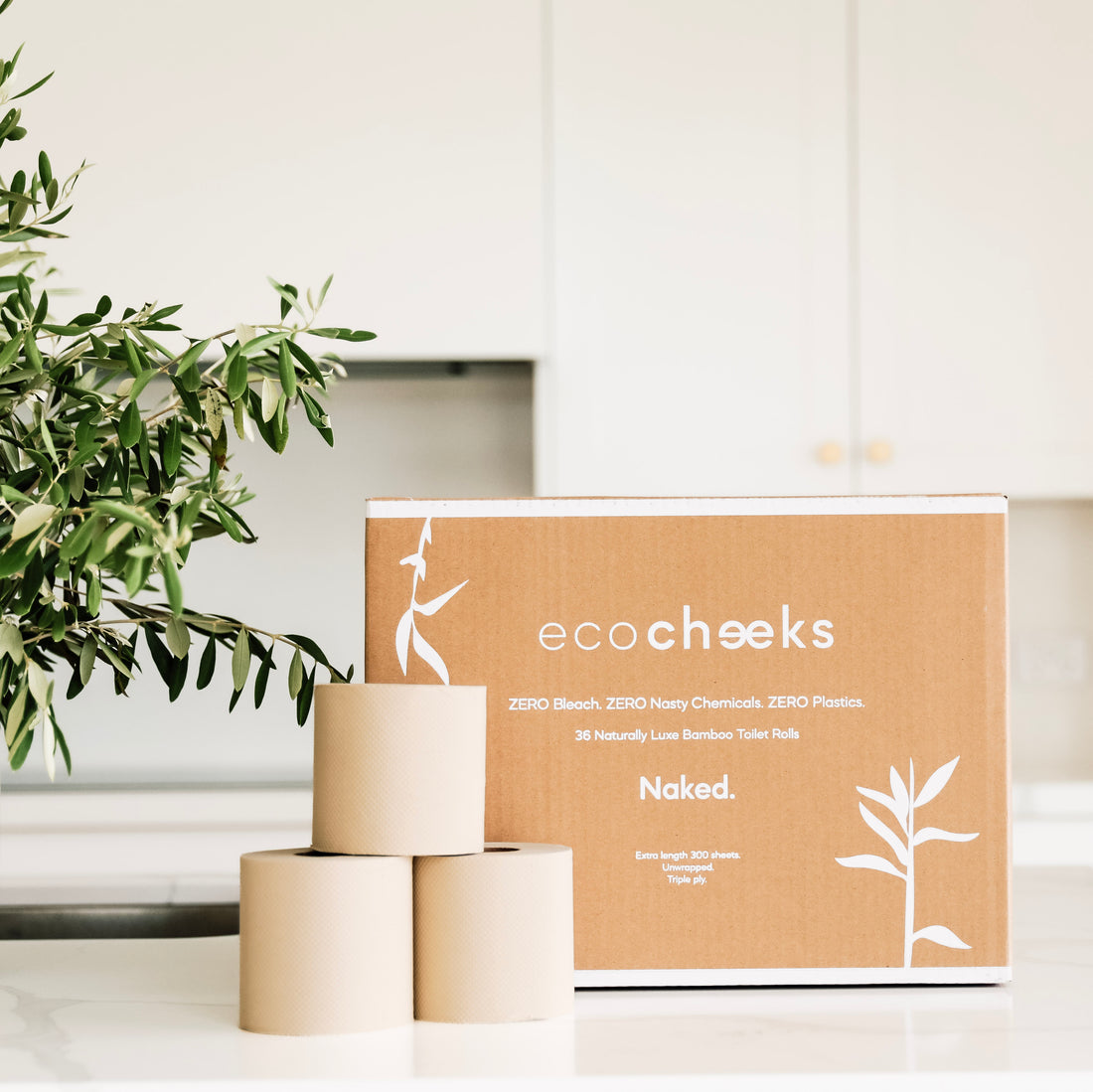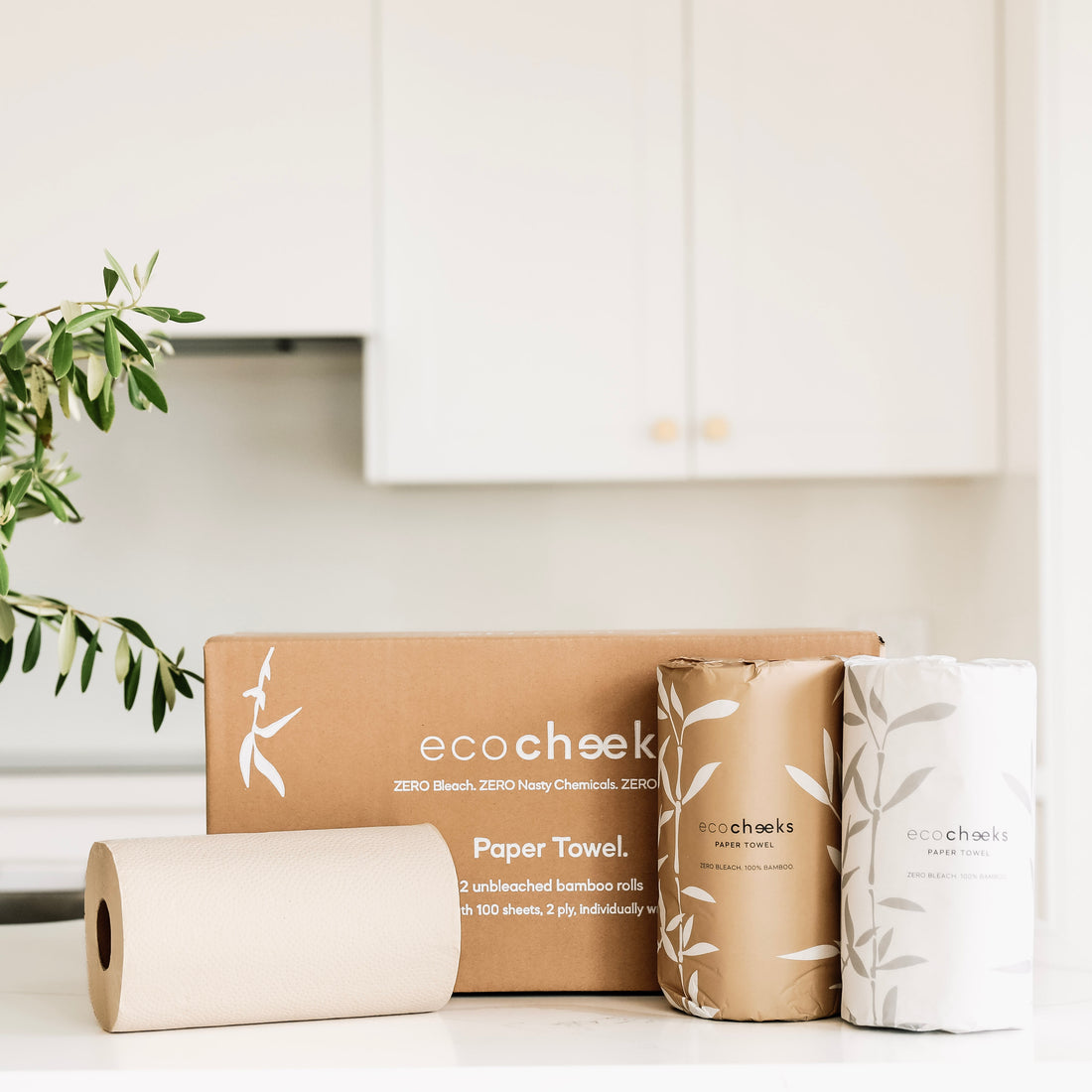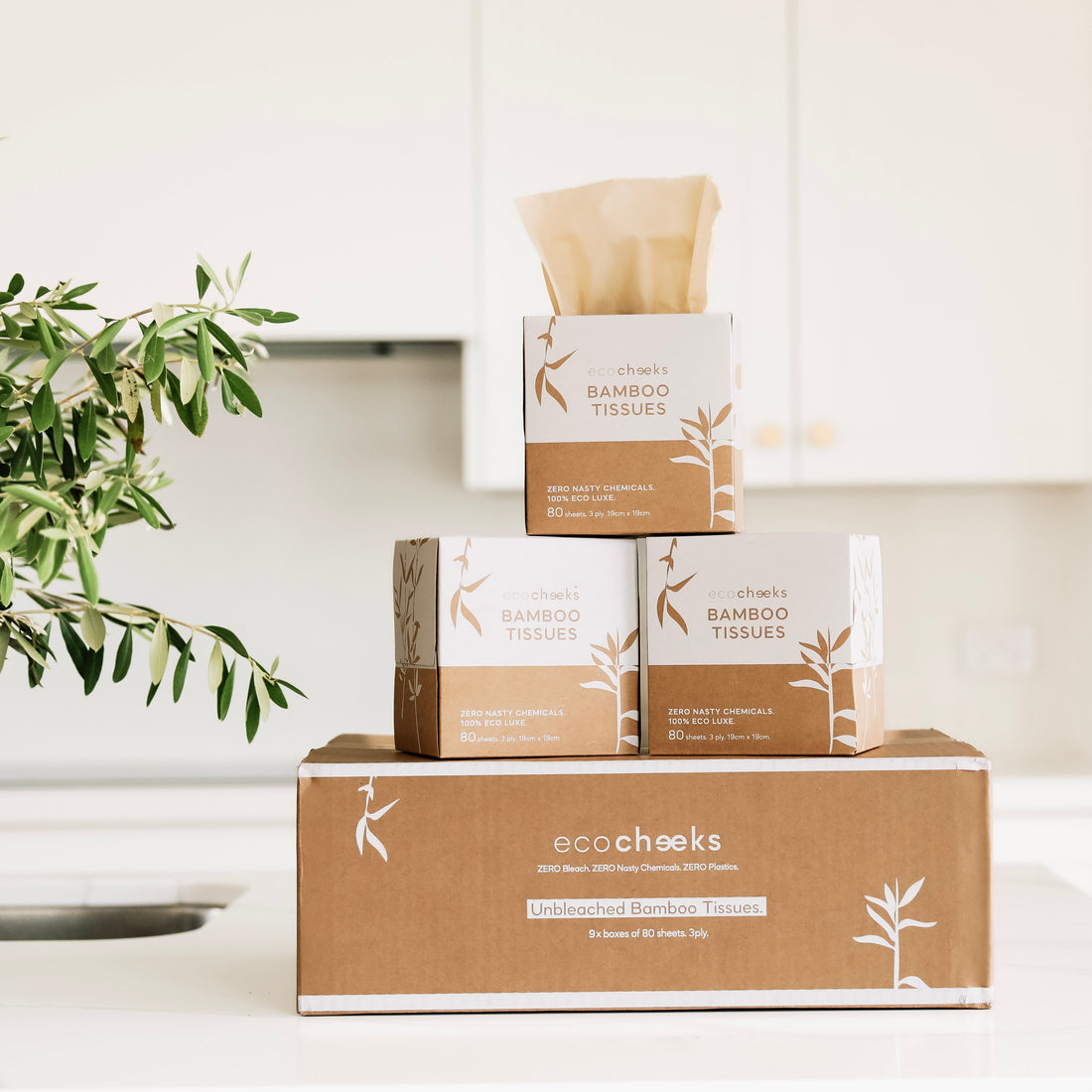Recycling: we all think we’ve got it down, right? Chuck it in the right bin, and voilà—you're saving the planet. But wait! What about pizza boxes? Plastic bags? And that random broken coffee mug? Recycling can get a little messy (and we don’t just mean the bins).
With Global Recycling Day around the corner, we’re clearing up some big recycling misconceptions that might be tripping you up. So grab your reusable cup, and let’s sort this out—literally!
Common Recycling Myths: 10 Misconceptions You Should Know
Myth #1: “Pizza Boxes Are Always Recyclable”
The Truth: Only if they’re free from grease and cheese bits.
That leftover pepperoni? It's a no-go for your recycling bin. Grease and food scraps can contaminate paper recycling, making the whole batch useless. Tear off the clean parts of the box (the lid’s usually safe) and recycle that, but bin the greasy base.
Myth #2: “Broken Glass is Fine to Toss in the Recycling Bin”
The Truth: Broken glass is a hazard, not a hero.
We’ve all been there—dropped your favourite glass mug, or perhaps your mirror took a dive. But don’t rush to throw those shards in the recycling bin! Broken glass can cause safety issues at recycling plants, and different types of glass (like windows and bottles) need different treatment. The best option? Wrap it in something sturdy, and pop it in the general waste unless your local recycling facility specifically accepts broken glass.

Myth #3: “Plastic Bags are Totally Recyclable”
The Truth: Nope, plastic bags are not recycling’s BFF.
Plastic bags might seem like they belong in the recycling bin, but they’re the enemy of machines at recycling facilities! They tend to get tangled in the machinery, causing delays and damage. So, what to do instead? Reuse your plastic bags or, better yet, swap to reusable cloth bags. If you must, take your plastic bags to designated drop-off points for recycling (many supermarkets used to have the REDcycle program for this, but it stopped last year). Good news though – soft plastic recycling is making a comeback in some places.
Myth #4: “All Plastic Bottles Can Be Recycled”
The Truth: It depends on the type of plastic.
Just because it’s plastic doesn’t mean it can go straight into the recycling bin. Some plastics, like the ones used for soft drink bottles, are recyclable. But others—like plastic film, styrofoam, or certain plastic containers—aren’t accepted by curbside recycling. Check the little recycling symbol on the packaging for the number inside (1 to 7) to see if it’s recyclable in your area.
Recycling Facts and Myths About Containers
Myth #5: “I Can Just Throw All My Food Containers in the Recycling Bin”
The Truth: Clean it before you bin it.
Empty yoghurt tubs, takeout containers, and milk cartons may seem ready for a second life in the recycling bin, but if they’ve still got food residue, they’re probably not getting recycled properly. Contamination can ruin an entire load of recyclables, meaning your effort to be eco-friendly might be going to waste. Just rinse it out (a quick scrub’s usually enough) before tossing it in.
Myth #6: “You Can Recycle Tetra Paks (Like Juice Boxes) Everywhere”
The Truth: Tetra Paks are a bit tricky.
Tetra Paks are made from a mix of paper, plastic, and aluminium, and while they can be recycled, not every recycling facility in Australia has the capacity to process them. It's always best to check with your local council to see if they accept Tetra Paks in their kerbside recycling collections. If not, you might need to find a special drop-off point or a designated recycling centre. The good news is that Tetra Paks can be recycled in some places across Australia, so you can still do your part for the environment!
Here are two resources for more info:
Myth #7: “Shiny Wrapping Paper is Recyclable”
The Truth: Only the plain kind is recyclable.
That glittery, metallic wrapping paper you’ve been saving for your birthday? Sadly, it’s more likely to be heading straight to the landfill. The shiny coating on many wrapping papers is made from plastic, which can’t be recycled with paper. But don’t worry—recycled paper or plain kraft paper can do the job without the extra waste. Plus, you can get creative with twine or fabric to make your gift wrapping a zero-waste win!

Common Recycling Myths: Beyond the Basics
The world of recycling isn’t just about separating plastics and paper—it’s also about understanding the nuances. For instance, did you know that not all recycling centers handle materials like textiles or electronics the same way? This is why staying informed about recycling facts and myths is essential. From e-waste to household batteries, many items need special care to avoid creating more harm than good. Taking a little time to research can make your efforts far more impactful.
Recycling Misconceptions About Styrofoam
Myth #8: “Styrofoam is Recyclable”
The Truth: Styrofoam is your recycling bin’s worst nightmare.
We get it—those boxes and packaging materials are everywhere. But Styrofoam (or polystyrene foam) is not recyclable through your regular kerbside collection. It’s lightweight, bulky, and difficult to process, which means it’s not worth the effort. You might be able to drop it off at a specialised recycling centre, but your best bet is to choose alternatives like paper or cardboard packaging when you can.
Myth #9: “Recycling Doesn’t Matter if I Don’t Have a Lot to Recycle”
The Truth: Every little bit counts.
It might seem like one piece of paper or a single bottle doesn’t make a difference, but trust us, it adds up. In fact, all those tiny contributions from people around the world help to create real, positive change. Recycling keeps materials in circulation, reduces waste, and lowers the need for new resources. So, don’t discount the power of your efforts—even a small action can make a big impact!
Myth #10: “Recycling is the Ultimate Solution to Waste”
The Truth: Reducing and reusing are more important.
Recycling is great, but it’s not a cure-all. The best way to tackle waste is by reducing what you consume in the first place and reusing what you can. Choose products with minimal packaging, use reusable containers, and get creative with repurposing items instead of tossing them out. The less waste we create, the less recycling we’ll need to do—talk about a win-win!
Did You Know? Eco Cheeks is Recyclable

Here’s some good news for sustainable living enthusiasts: Eco Cheeks is recyclable! The packaging is made with sustainability in mind, designed to reduce waste and promote eco-friendly practices. By choosing products like Eco Cheeks, you’re not just recycling—you’re making a conscious choice to support a greener future.
Conclusion: Let’s Keep It Clean!
As we approach Global Recycling Day, let’s use this opportunity to debunk common recycling myths, get our recycling habits in check, and make sure we’re not contaminating the process with those pesky mistakes. Every piece of trash is a chance to make a difference, so let’s keep it clean and do it right! By recycling properly, we’ll help reduce waste, save energy, and ultimately contribute to a greener, healthier planet.

Let’s all be a bit more mindful, clear up those recycling misconceptions, and make recycling as easy and effective as it should be. After all, the planet’s counting on us!








